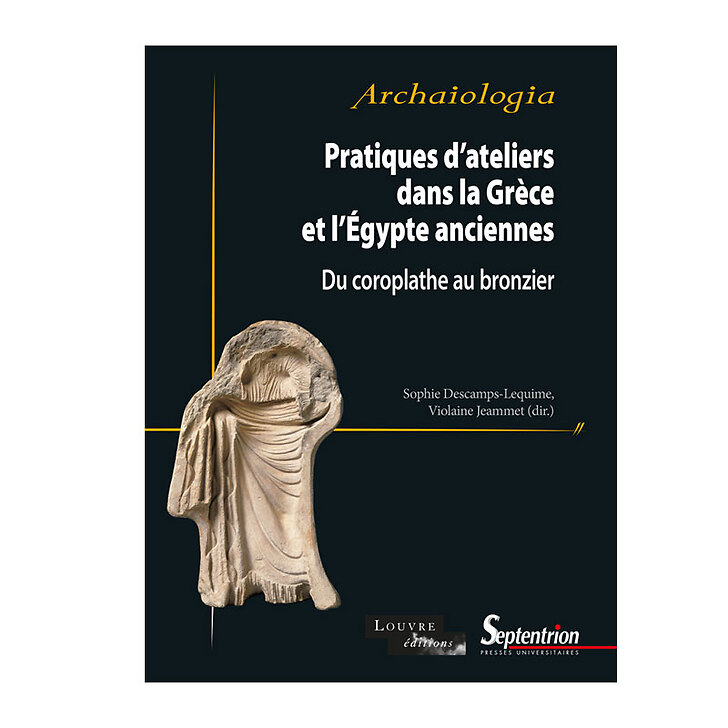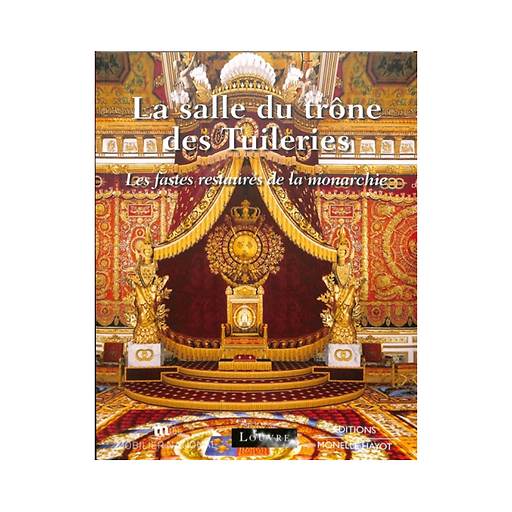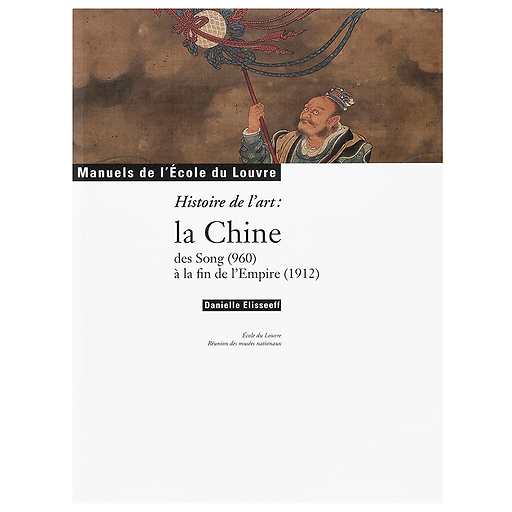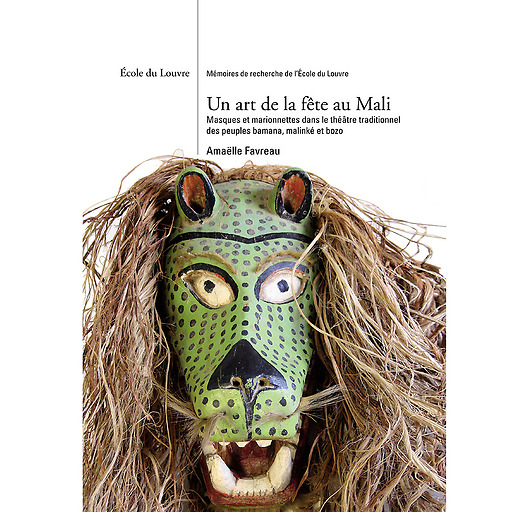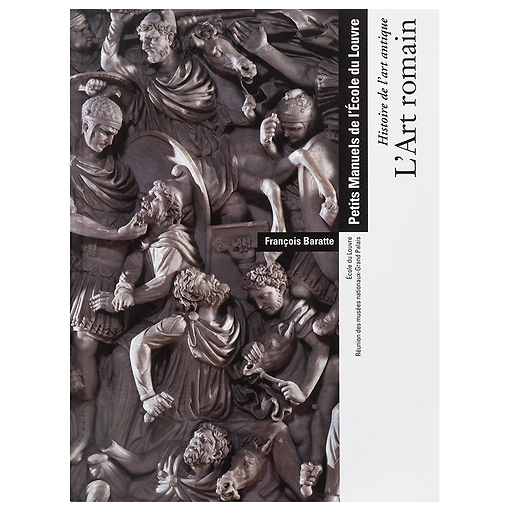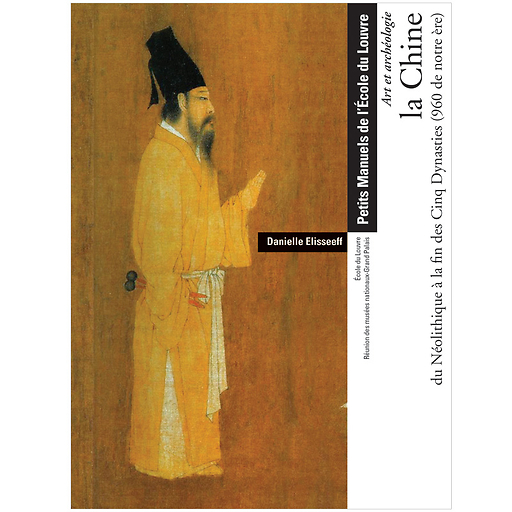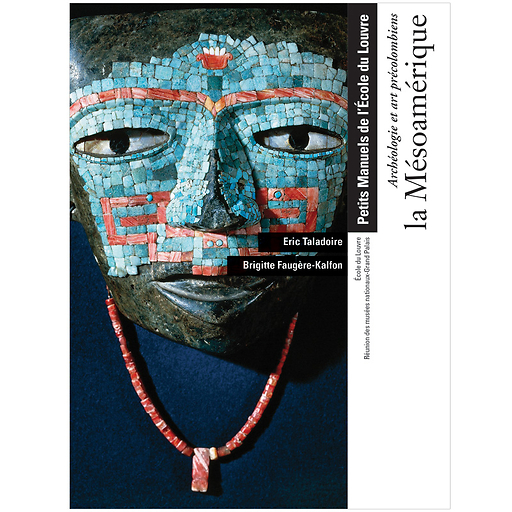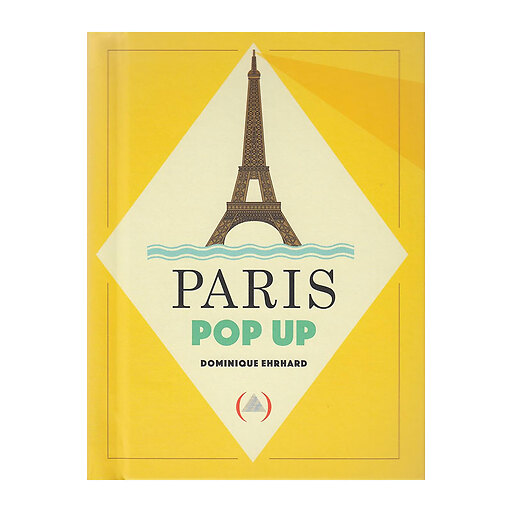Pratiques d'ateliers dans la Grèce et l'Égypte anciennes - Du coroplathe au bronzier
MX023594
In the context of very current reflection on craftsmanship, the relationships between manufacturers of terracotta figurines (coroplats) and bronze casters, often considered, are rarely demonstrated: they necessarily converged in their practices, at certain stages of the development of their works when...
Read more
In the context of very current reflection on craftsmanship, the relationships between manufacturers of terracotta figurines (coroplats) and bronze casters, often considered, are rarely demonstrated: they necessarily converged in their practices, at certain stages of the development of their works when they made prototypes, impressions, molds and intermediate models. Some impressions and molds in terracotta or plaster remain, even a few prototypes in terracotta. But what do we know about wax and raw earth? How can we approach today the question of sculpting techniques that practiced modeling and used molds in Greek and Egyptian Antiquity? If the notion of plattein (shaping) is thus at the heart of this work in order to reread the literary, iconographic and material testimonies relating to ancient plastics, the importance of reproduction by the casting technique, including for bronze, including is also reconsidered.
French
230 pages
Co-publishing Presses Universitaires du Septentrion / Louvre éditions
Close
Sold by GrandPalaisRmn

